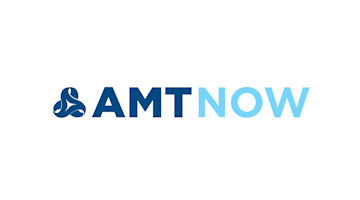AMT – The Association For Manufacturing Technology recently updated its Manufacturing Mandate, which outlines our legislative and policy recommendations to strengthen U.S. manufacturing. AMT uses this document in discussions with government officials and staff to educate them on the crucial role manufacturing technology plays in this country's national security, economic growth, and job creation. We invite you to use it as well to reach out to your elected officials to introduce yourself, comment on issues impacting your company, or propose they visit your facility.
The Mandate focuses on three core areas for action:
Technology innovation, commercialization, and adoption – Technology is key to our competitiveness as an industry and a nation. Yet, advances happen so quickly that knowing what's best for one company compared to another is difficult. Small and medium-sized manufacturers (SMMs) often lack the resources to get this information. However, a "smarter" operation is attainable for most companies if the resources and data to make these strategic investment decisions are available. Government can provide a lot of this support.
Providing certainty in the business environment – The uncertainty of changing rules and regulations in tax, trade, labor, and the environment affects every aspect of a business. Regulatory oversight in all these areas is necessary, but the benefits should be weighed against the positive and negative results of their implementation. SMMs are especially hit hard because they don't have the time, money, and personnel to follow, record-keep, and comply with the government's shifting regulatory priorities. Sometimes it's not even possible to comply, as in the case of the EPA regulation banning chemical PIP 3:1, which is widely used in manufacturing and has no known alternative.
Closing the skills gap – The lack of available, skilled talent in manufacturing is a crisis of epic proportions. The federal government, educational institutions, and industry must work together to address this monumental challenge by supporting programs that increase interest in STEM and CTE education and careers, change perceptions about manufacturing, recruit dislocated workers, and provide returning military veterans with viable opportunities in the civilian workforce.
The Manufacturing Mandate is updated periodically to address the current challenges and opportunities in manufacturing.






